If you find yourself in the Swedish town of Gävle (pronounced: yeah-vleh) some chilly winter holiday season, don’t be too surprised if you wander into Slottstorget (Castle Square) and see a 40-foot-high goat built out of straw!
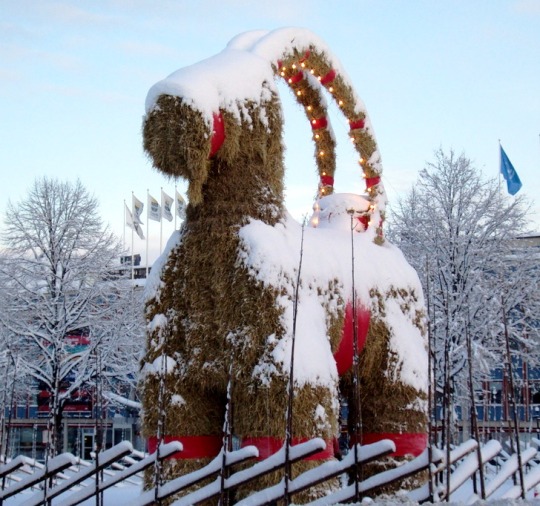
Every year, cities and towns throughout Sweden build large statues of Yule goats (called Julbock in Swedish). The most famous one is the goat in Gävle. The goat is built on the first day of Advent in late November or early December and intended to stand for the holiday season as a part of Yule celebrations. Yule is a celebration of the winter solstice and it takes place over ten days starting December 21st or 22nd.
Almost every year, pranksters damage or burn down the Gävle goat before celebrations can even start! The town doesn’t give up though and keeps trying to find ways to protect the goat, including guards, fencing, making it flame resistant, and even spraying it with water so it would freeze and be more difficult to light! The town has observed this tradition since 1966, with the goat being damaged 37 times as of December 2019.
The Yule goat’s origins date back to ancient Pagan festivals. A popular theory is that the goat is connected to worship of the Norse god Thor, who rode the sky in a chariot drawn by two goats, Tanngnjóstr, or “teeth grinder” in Old Norse; and “teeth bearer,” or Tanngrisnir.
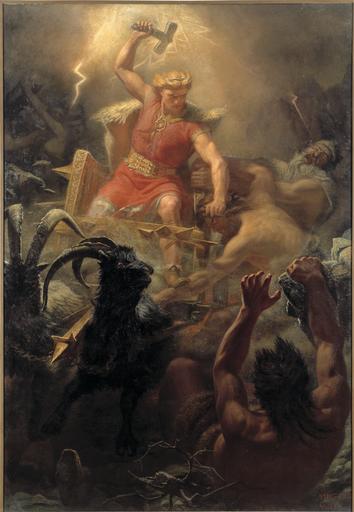
Another theory is that this practice is based in Indo-European harvest traditions, where the last sheaf of grain bundled during the harvest was thought to contain the spirit of the harvest and was saved for Yule celebrations—many early European customs included harvest gods that looked like goats—farmers often referred to their bundles as goats because of the resemblance.
The role of the Yule goat has changed over time. In Scandinavia, young men in costumes would walk between houses singing songs and performing pranks. The group of Christmas characters would often include the Yule goat, a rowdy, sometimes scary, creature. The group would be rewarded with candy or seasonal treats, and in some traditions a member of each household visited would join the group. This practice, called Julebukking or Julebocken, is still practiced in some parts of Scandinavia today and is similar now to Halloween customs in the United States!
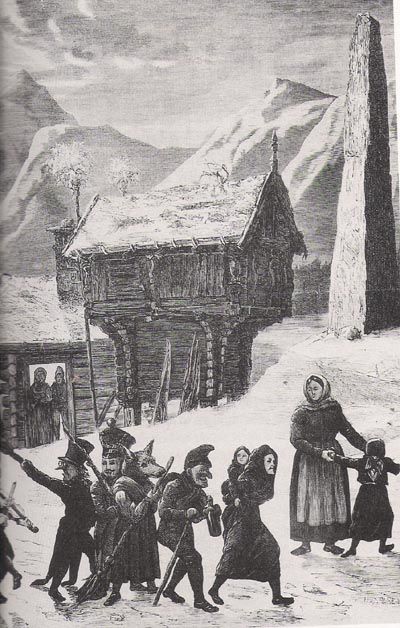
In Sweden, people believed the Yule goat to be an invisible spirit that would appear before Christmas to make sure that the holiday preparations were done correctly. The goat eventually took on the role of a gift giver and is sometimes seen in place of or alongside Santa, who is called Jultomten.
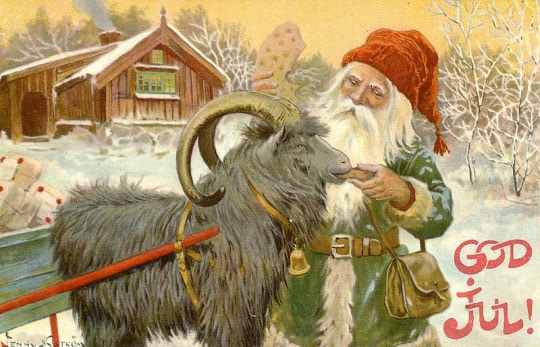
A popular Christmas prank was to make a Yule goat out of straw or wood and then place it in a neighbor’s house without them noticing; the family that was pranked then had to get rid of it in the same way.
In modern Scandinavia, the Yule goat has become a popular Christmas ornament and decoration! These modern goats are usually made of straw and bound with red ribbon.
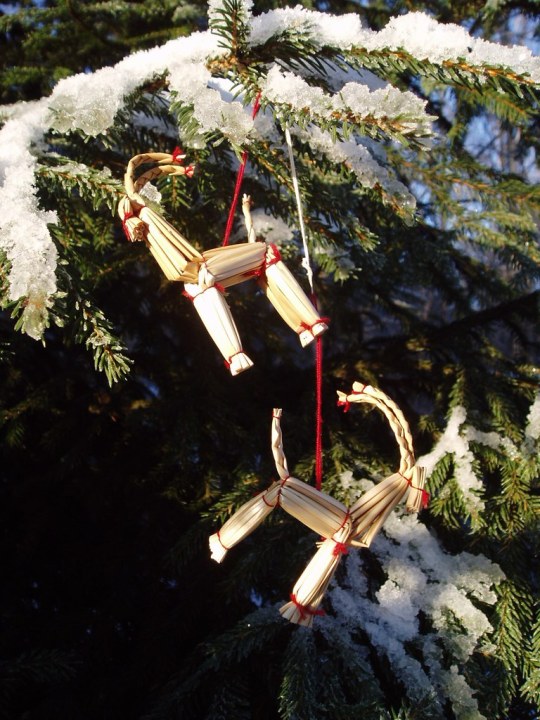
Jo Tauber is the Gallery Experience Coordinator in CMNH’s Life Long Learning Department. Museum staff, volunteers, and interns are encouraged to blog about their unique experiences and knowledge gained from working at the museum.
